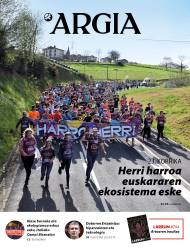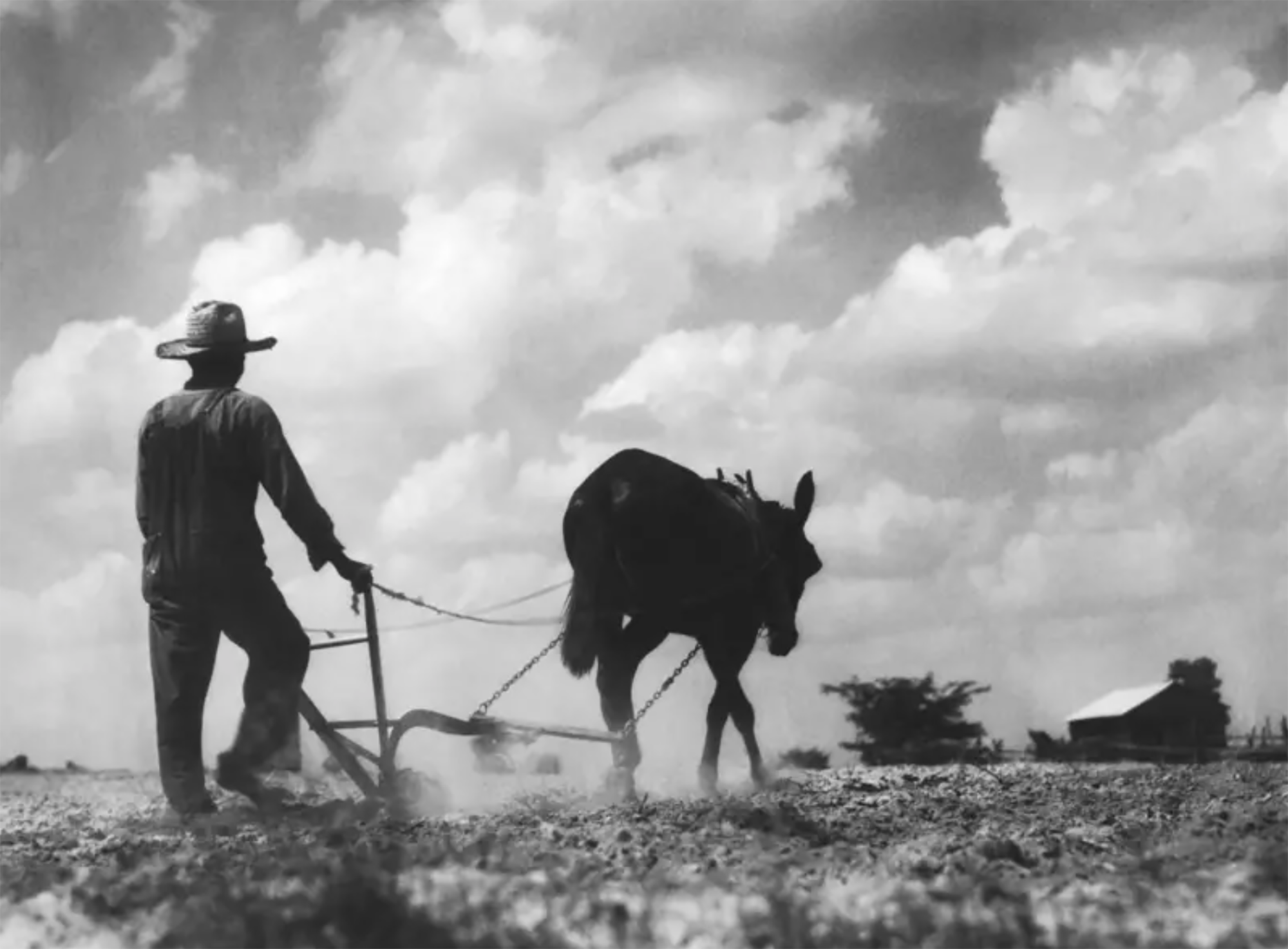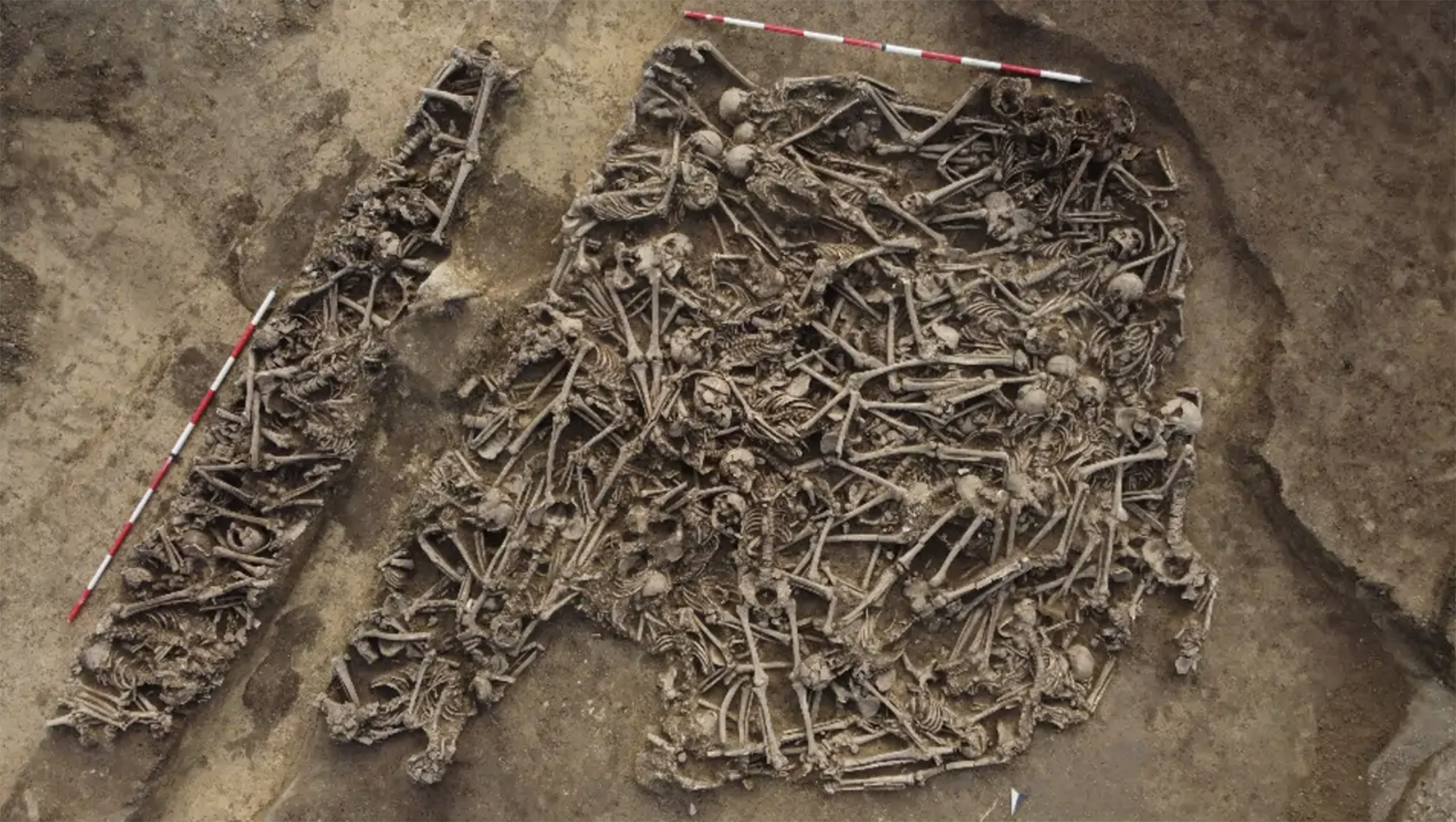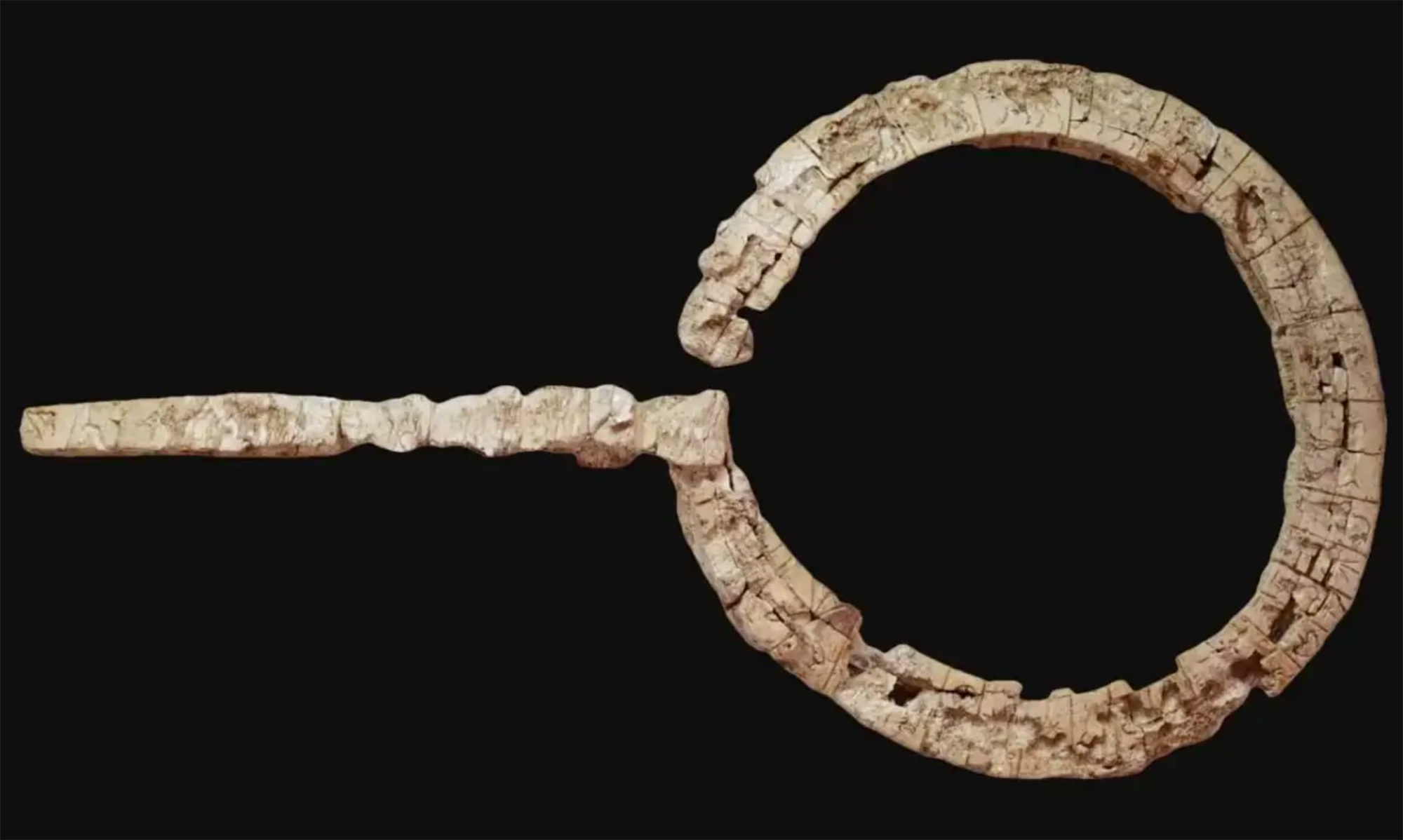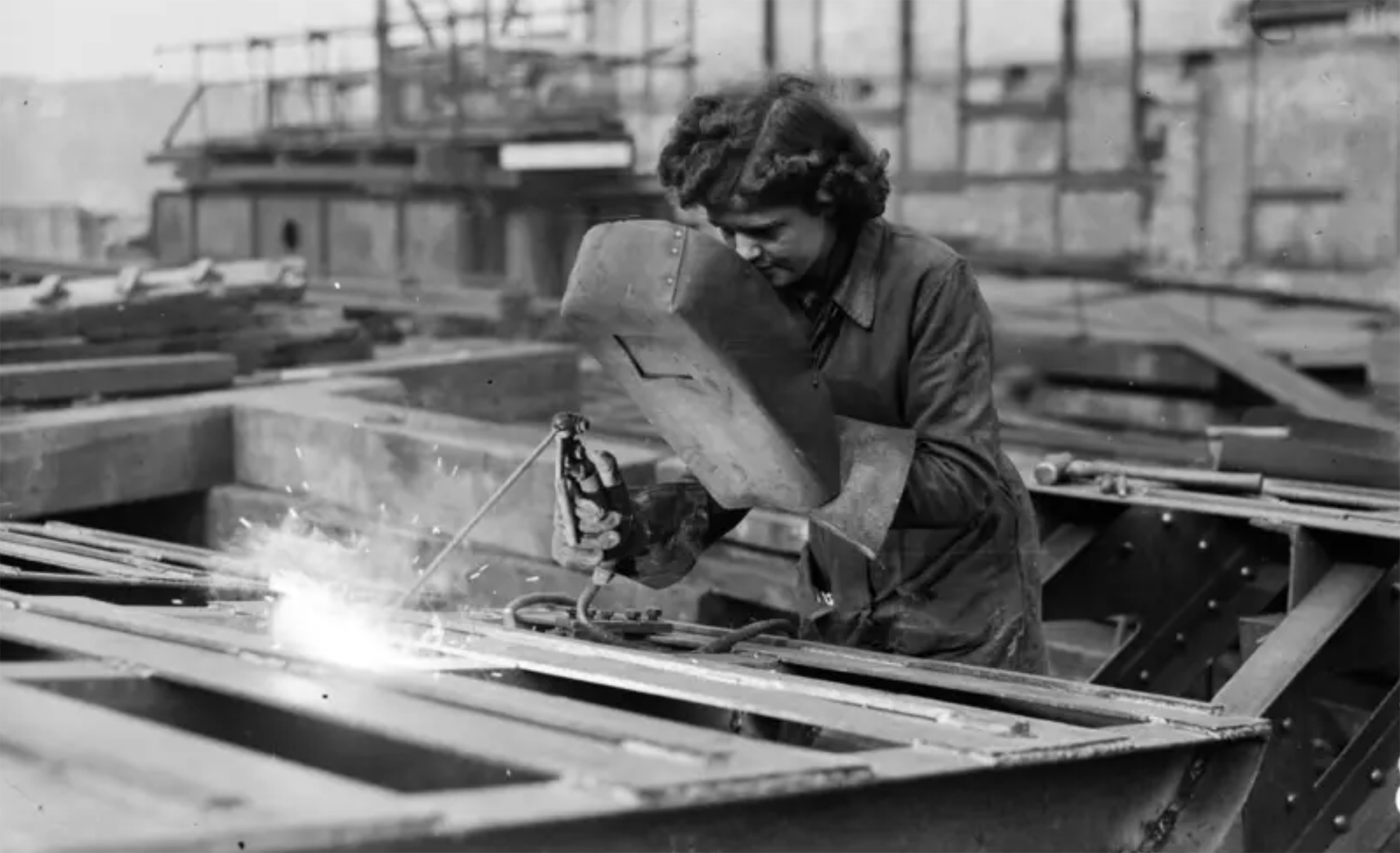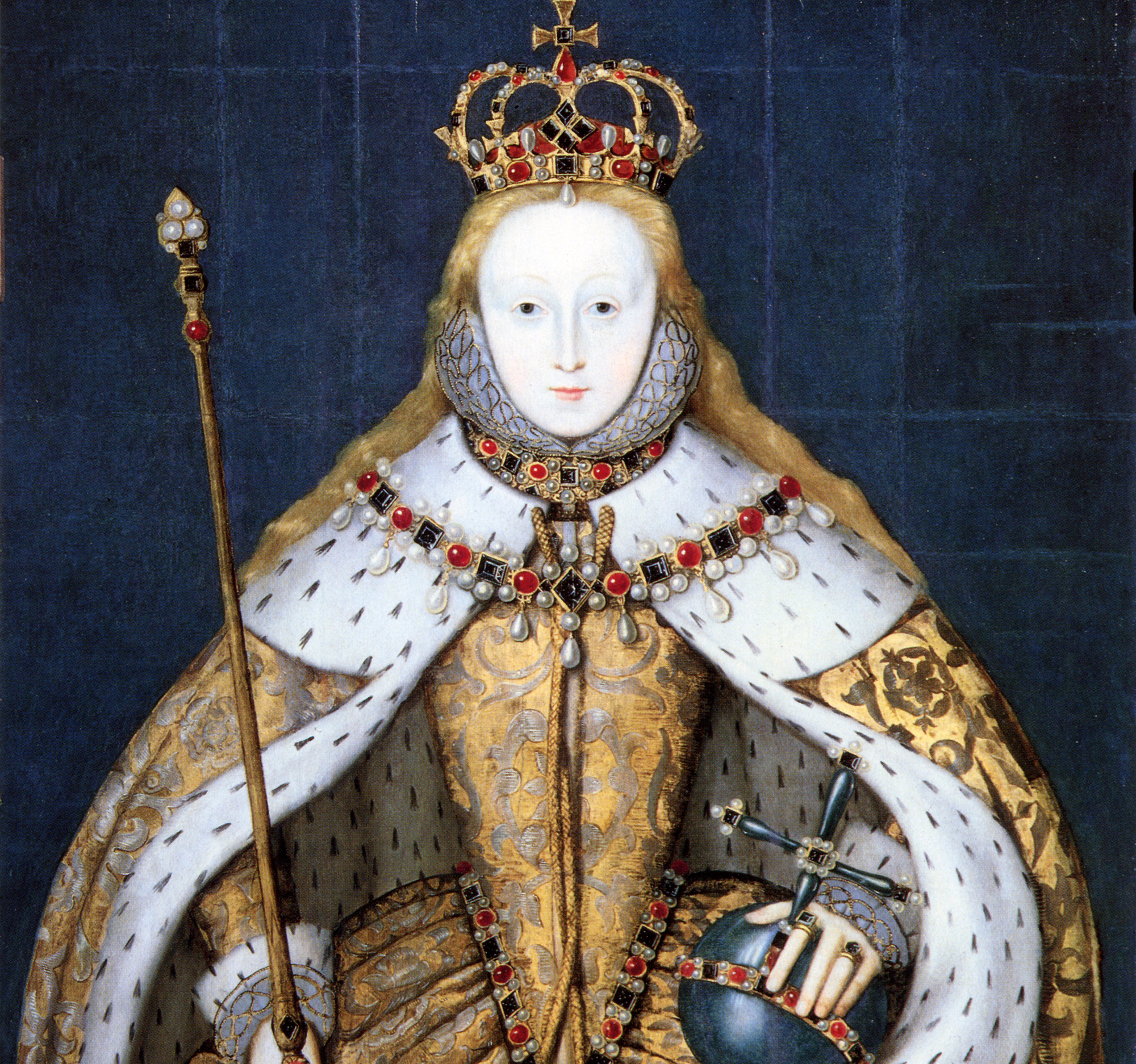A more concrete world of Fra Mauro
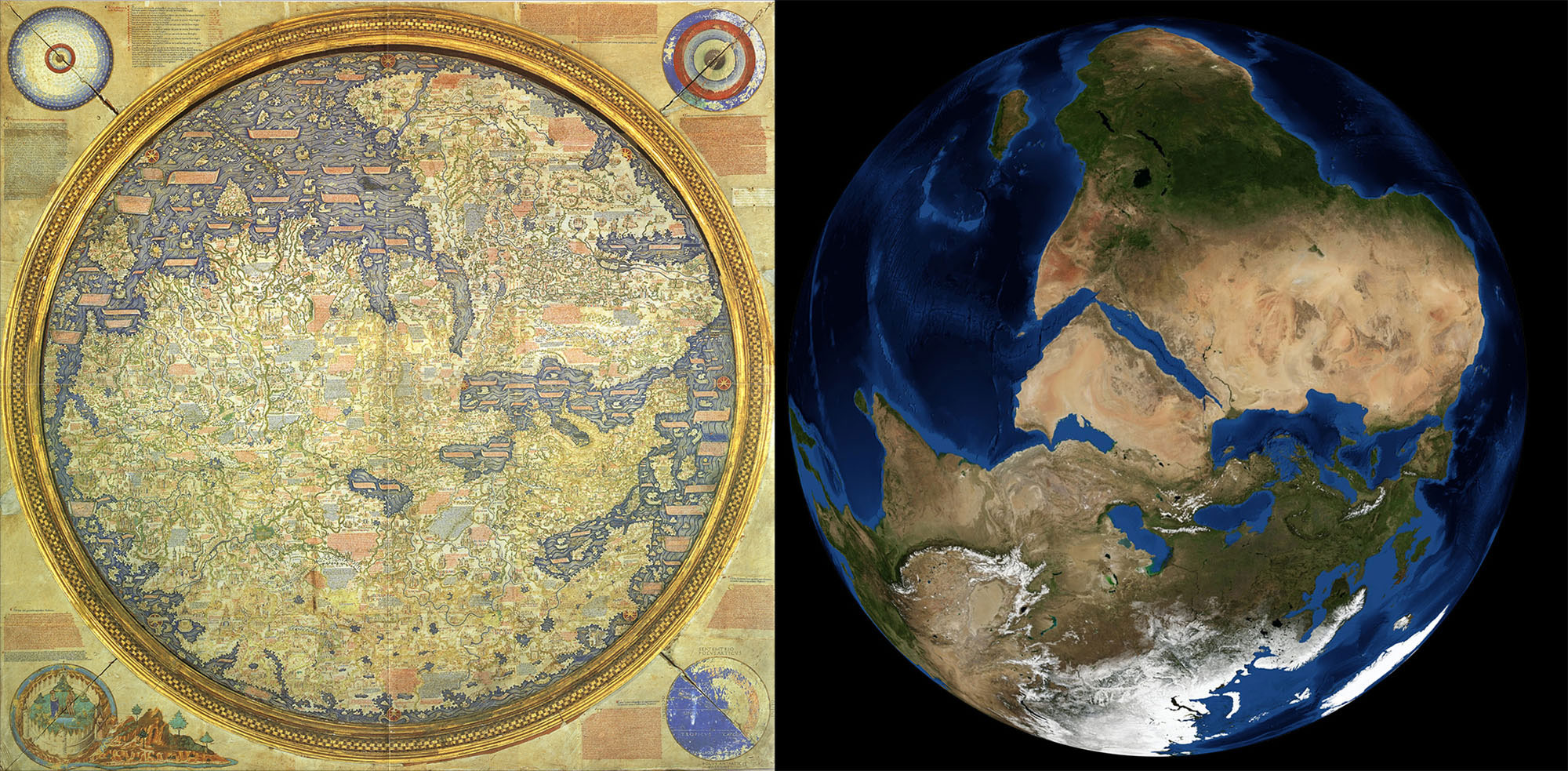
Venice, 24 April 1459. The monk and cartographer Fra Mauro finished the map of his world in his cartography workshop in the monastery of San Michele in Murano. This work was done on behalf of the Portuguese king Alfonso V.aren and, once the map was completed, it was sent to Portugal. That original map of the world was lost, but we had two copies, Fra Mauro died the following year, in 1460, while he was making a copy. Despite being cleric and not leaving Venice, it formed the most accurate map of the time.
On the world map of Fra Mauro, the south is up. The orientation of the maps is a simple cultural convention that has been changing over time, and at that time, in the Christian zone, many maps had the east at the top, where it is said that there was the garden of Eden, a point of reference. They also included paradise on the map. Fra Mauro also represented Edena, but off the map, in the lower left corner, almost like a simple decoration. He wrote in a note that this place was “far from human settlements and knowledge.” By then, south facing maps were made in the Islamic world, and the Christian monk had no objection to incorporating this trend of another culture and religion. In addition, Venetian boats departed south, that was their destination and their reference.
Fra Mauro, with the practical knowledge he managed to correct many errors that were previously made on the maps, asked the sailors.
The map contains over 3,000 notes detailing local customs, geographical peculiarities and the author's process. We know little about Fra Mauro's life. Experts think he may have traveled before he was Monje, but they're sure he didn't leave Venice until the map was completed. The monastery had a large collection of books and maps, that is, a cartographic theoretical knowledge of the time.
But until then he managed to correct many of the mistakes that were made in the maps by adding practical knowledge, asking the sailors. The source of information was Niccolo da Conti, an explorer and merchant, but not only collected what the Venetian seamen knew, but also asked a number of Muslim sailors, as well as a delegation from Ethiopia to Venice.
And this allowed us to infer that in southern Africa there was water, that it wasn't stretched to infinity, and that the Indian ocean wasn't an inner sea, as was believed from the time of Ptolemy. That the continent could be surrounded by sea. It was an alternative way to reach Asia and at that time there was a great need, as the land route was practically interrupted; in the last century the Black Death caused a massacre, the Mongolese dynasty in China fell and the Turks blocked the Mediterranean.
At the time, no one took advantage of Fra Mauro's hypothesis, but decades later, in 1488, Portuguese Bartolomé Dias came out of Buena Esperanza, and abandoned the beliefs and discovered that empirical knowledge was right.
Washington, D.C., June 17, 1930. The U.S. Congress passed the Tariff Act. It is also known as the Smoot-Hawley Act because it was promoted by Senator Reed Smoot and Representative Willis Hawley.
The law raised import tax limits for about 900 products by 40% to 60% in order to... [+]
During the renovation of a sports field in the Simmering district of Vienna, a mass grave with 150 bodies was discovered in October 2024. They conclude that they were Roman legionnaires and A.D. They died around 100 years ago. Or rather, they were killed.
The bodies were buried... [+]
Until now we have believed that those in charge of copying books during the Middle Ages and before the printing press was opened were men, specifically monks of monasteries.
But a group of researchers from the University of Bergen, Norway, concludes that women also worked as... [+]
Florentzia, 1886. Carlo Collodi Le avventure de Pinocchio eleberri ezagunaren egileak zera idatzi zuen pizzari buruz: “Labean txigortutako ogi orea, gainean eskura dagoen edozer gauzaz egindako saltsa duena”. Pizza hark “zikinkeria konplexu tankera” zuela... [+]
Linear A is a Minoan script used 4,800-4,500 years ago. Recently, in the famous Knossos Palace in Crete, a special ivory object has been discovered, which was probably used as a ceremonial scepter. The object has two inscriptions; one on the handle is shorter and, like most of... [+]
Londres, 1944. Dorothy izeneko emakume bati argazkiak atera zizkioten Waterloo zubian soldatze lanak egiten ari zela. Dorothyri buruz izena beste daturik ez daukagu, baina duela hamar urte arte hori ere ez genekien. Argazki sorta 2015ean topatu zuen Christine Wall... [+]
Bilbo, 1954. Hiriko Alfer eta Gaizkileen Auzitegia homosexualen aurka jazartzen hasi zen, erregimen frankistak izen bereko legea (Ley de Vagos y Maleantes, 1933) espresuki horretarako egokitu ondoren. Frankismoak homosexualen aurka egiten zuen lehenago ere, eta 1970ean legea... [+]
Eskultura grekoerromatarrek bere garaian zuten itxurak ez du zerikusirik gaurkoarekin. Erabilitako materiala ez zuten bistan uzten. Orain badakigu kolore biziz margotzen zituztela eta jantziak eta apaingarriak ere eransten zizkietela. Bada, Cecilie Brøns Harvard... [+]
Japonia, XV. mendea. Espioitzan eta hilketa ezkutuetan espezializatutako eliteko talde militarra sortu zen. Edo horixe uste du behintzat Stephen Turnbull historialari britainiarrak. Beste aditu batzuen ustez, askoz lehenago sortu ziren ninjak, duela 2.300-2.500 urte inguru. Eta... [+]
Chão de Lamas-eko zilarrezko objektu sorta 1913an topatu zuten Coimbran (Portugal). Objektu horien artean zeltiar jatorriko zilarrezko bi ilargi zeuden. Bi ilargiak apaingarri hutsak zirela uste izan dute orain arte. Baina, berriki, adituek ilargietan egin zituzten motibo... [+]
Hertfordshire (Ingalaterra), 1543. Henrike VIII.a erregearen eta Ana Bolenaren alaba Elisabet hil omen zen Hatfield jauregian, 10 urte besterik ez zituela, sukarrak jota hainbat aste eman ondoren. Kat Ashley eta Thomas Parry zaintzaileek, izututa, irtenbide bitxia topatu omen... [+]
Luxorren, Erregeen Haranetik gertu, hilobi garrantzitsu baten sarrera eta pasabide nagusia aurkitu zituzten 2022an. Orain, alabastrozko objektu batean Tutmosis II.aren kartutxoa topatu dute (irudian). Horrek esan nahi du hilobi hori XVIII. dinastiako faraoiarena... [+]
AEB, 1900eko azaroaren 6a. William McKinley (1843-1901) bigarrenez aukeratu zuten AEBetako presidente. Berriki, Donald Trump ere bigarrenez presidente aukeratu ondoren, McKinleyrekiko miresmen garbia agertu du.
Horregatik, AEBetako mendirik altuenari ofizialki berriro... [+]
Urruña, 1750eko martxoaren 1a. Herriko hainbat emakumek kaleak hartu zituzten Frantziako Gobernuak ezarritako tabakoaren gaineko zergaren aurka protesta egiteko. Gobernuak matxinada itzaltzeko armada bidaltzea erabaki zuen, zehazki, Arloneko destakamentu bat. Militarrek... [+]
In the Maszycka cave in Poland, remains of 18,000 years ago were found at the end of the 19th century. But recently, human bones have been studied using new technologies and found clear signs of cannibalism.
This is not the first time that a study has reached this conclusion,... [+]







